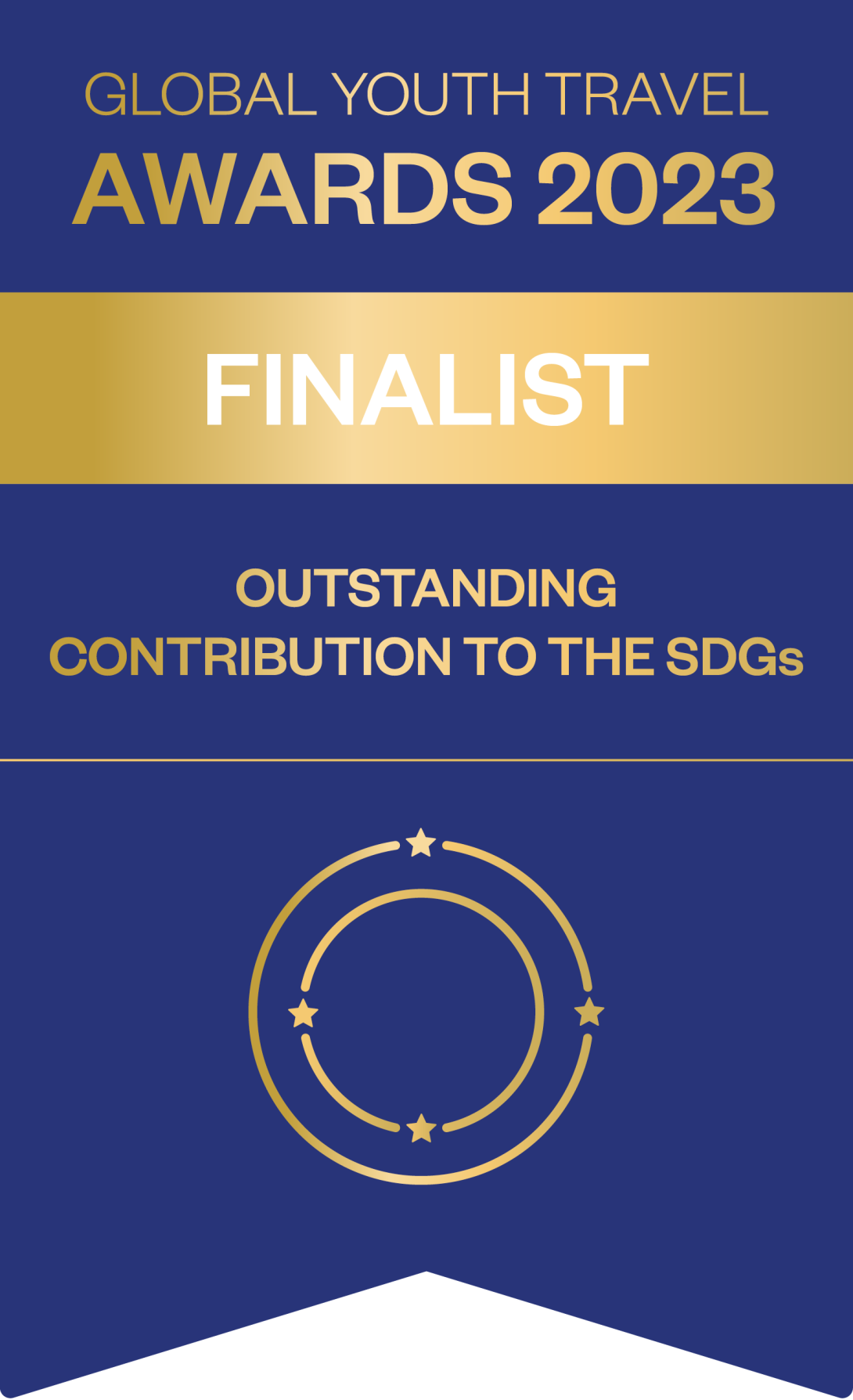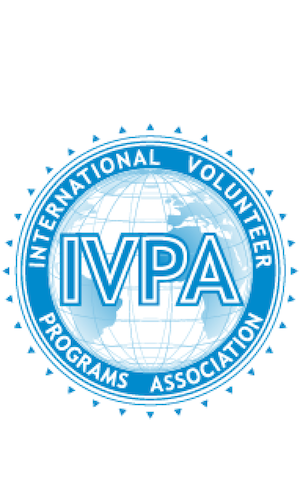If exploring foreign landscapes and the animals that roam it sounds like a dream come true, then perhaps a career in wildlife conservation is for you. You’ll get to work outdoors and protect our wildlife while exploring places that most people only dream about.
To set yourself up for a successful career in wildlife conservation, participate in practical field studies through an internship. You’ll gather scientific research data that contribute to future conservation policies. These new skills will be hard to overlook on your resume when you start applying for any future job.
From conserving wildlife in the African savannah to assisting with animal rehabilitation in the Amazon Rainforest, we have a range of Marine and Wildlife Conservation Projects. To help you decide on the best internship for you, we’ve outlined the research potential in each of our projects.

Nepal
Habitat: South Asian Rainforest
Research Fields: Forest Ecology and Rhino Conservation
Explore the mysteries of the jungle and add a unique experience to your resume while protecting the planet. On our Conservation Internship in Nepal, you'll be tasked with protecting the mighty one-horned rhino, among a variety of other wildlife. For a small country, Nepal has incredible diversity in climate, topography, and wildlife. You’ll live and work in Chitwan Community Forest, which acts as a buffer zone providing a safe space for animals and a peaceful escape for tourists.
In Nepal, you’ll work alongside conservation experts to enhance and preserve biodiversity in the area through scientific research and community engagement. During your environmental internship, you’ll practice a range of research methods including placing camera traps, plotting GPS signals, tracking tigers, and conducting bird surveys. Some of this research, most notably tiger tracking, will take place at night. This gives you an exclusive insight into what it means to work as a scientific researcher in Nepal. This important area of conservation is currently under studied by researchers. You'll be among the first to place camera traps designed to monitor the behavior of elusive animals.
You’ll also help clean up and improve the area during your Conservation Internship program in Nepal. This includes removing alien plants, clearing roads, building viewing hides, creating educational signage, renovating the visitor center, and joining poaching patrols. Beyond the clear benefit this has for wildlife, it also improves the experience of visitors and residents.
As you learn more about the ecology of the forest in Nepal, you'll also help educate others. Spend some time in schools, creating long-lasting educational resources and planning games that highlight the importance of biodiversity. You'll inspire the next generation to protect their natural surroundings. In doing so, more people will have the chance to spot beautiful creatures like rhinos in the wild.
If you’re an enthusiastic hiker with a yearning for rugged wilderness, Nepal is the perfect place to gain field experience and take part in a Conservation Internship.
Learn more about our Rhino Conservation Project in Nepal.

Kenya
Habitat: African Savannah
Research Fields: African Savannah Biodiversity and Ecology
Take your Conservation internship to Kenya and study endangered animals in the heart of the Great Rift Valley. In Kenya, you’ll be based at Soysambu Conservancy and will learn about preserving biodiversity through research and monitoring in the African Savannah. Soysambu Conservancy is home to numerous savannah species including the endangered Rothschild’s giraffe.
Over 70% of wildlife resources in Kenya occur outside of protected areas and, as a result, biodiversity is dwindling in the region. The aim of this project is to secure and improve the flora and fauna in the area through sound conservation management practices. As a volunteer, you’ll participate in numerous conservation activities including one to protect the endangered Rothschild giraffe. There are few places in the world to monitor and learn about these animals, giving you an unparalleled conservation experience.
Additionally, you’ll participate in carnivore monitoring, mammal inventories and bird surveys around the reserve. By recording the movement and habits of these animals, you’ll gather valuable data that will formulate future conservation guidelines and management practices. When datasets are sufficient, reports will be peer-reviewed by experts with the aim of publication in scientific journals.
During your stay, you’ll take part in other activities around the reserve including the removal of alien species, the maintenance of water-holes, fence building and road repairs. If you’re looking to pursue a career in wildlife conservation, learning these practical skills from experienced conservationists will provide you with an all-round understanding of wildlife reserve management.
With such a wide range of research and practical work to partake in, this wildlife conservation internship in Africa will ensure you gain a spectrum of scientific experience and an in-depth understanding of the African landscape.
Learn more about our African Savannah Conservation Project in Kenya.

Botswana
Habitat: African Savannah
Research Fields: African Savannah Biodiversity and Elephant Ecology
Go on the ultimate bush adventure and live amongst wild elephants in Botswana. As a volunteer on this wildlife Conservation internship, you’ll work alongside leading conservationists to safeguard Botswana's diverse wildlife. You’ll be based at a private wildlife reserve in the Tuli Block and will participate in hands-on conservation work.
While in Tuli, you’ll take part in ecological surveys and censuses to assess the unique conservation value of the area. You’ll conduct bird and mammal surveys and collect information on their abundance and seasonal movement patterns. This data will be gathered through a number of methods including recording sightings from the car, from a hide or on foot.
One of the most exciting parts of your wildlife internship will involve tracking elephants through the bush to record their populations and social structures. You’ll learn how to track other species through a number of different methods including spoor identification and remote sensor cameras. Camera trapping is a method for capturing animals on film and is used in conservation projects all around the world. Having exposure to these research methods will further your success in a future wildlife conservation job.
Baobabs are iconic tree species of the African bushveld. They are incredibly slow-growing and their distribution is very important to the health of the ecosystem. During your Conservation internship, you’ll work to ascertain the distribution of baobabs in the Tuli Block region and investigate the spatial relationship between elephant distribution, baobab trees and water sources.
Our project in Botswana is one of three wildlife Conservation internships in Africa that we offer. Given the large scope of research we conduct in the Tuli Block, there will be limitless opportunities to learn about conservation work in Africa!
Learn more about our African Bushveld Conservation Project in Botswana.

Peru
Habitat: Amazon rainforest
Research Fields: Tropical Biodiversity and Wildlife Rehabilitation
As a wildlife Conservation intern in Peru, you’ll be based deep in the Amazon Rainforest at the Taricaya Ecological Reserve. Renowned for its serious hands-on conservation projects, the research conducted here has been published in scientific journals, featured in documentaries and presented at international conferences. If you’re looking to start a career in wildlife conservation, there is no better place to pursue a nature conservation internship.
The Amazon Rainforest is the most diverse ecosystem on the planet and is home to more species of birds, mammals, insects and plants than anywhere else in the world. Every year, new species are discovered, making Peru one of the most exciting destinations to carry out research.
Whether you’re a budding ornithologist, entomologist or just someone with a love for rainforests, our Conservation Project in Peru offers a multitude of research options. If you are specifically interested in work experience with animals, our animal rescue center has a captive breeding program that aims to repopulate the area with animals that have become locally extinct. As a volunteer, you’ll be involved in the study of captive animals and help record data essential for their eventual release.
Alternatively, you’ll carry out biodiversity research involving the study of birds, mammals, amphibians, bats and insects in the reserve. Through a combination of collection techniques, you’ll record information on the diversity and abundance of these animals. You’ll also have the opportunity to monitor the reserve and learn how to map trails and identify micro-habitats in the area. Learning how to map areas using GPS is a skill that will prove useful if you are planning to follow a career in wildlife conservation.
Rainforests are being cut down at alarming rates all over the world primarily due to logging and agricultural practices. Joining this Conservation internship program will allow you to make a small contribution to a very important cause and learn about the breath-taking biodiversity the Amazon basin has to offer.
Learn more about our Amazon Rainforest Conservation Project in Peru.

Land-based wildlife isn’t for everyone and the sea may be more your calling. With this in mind, we also have Marine Conservation internships for you to take a look at. You might find yourself studying sharks in Fiji or protecting the coral reefs in Thailand.
With all this in mind, where will you be headed?
Want to join a Conservation Project?
Contact us to get started!
Want to know more about our Conservation internships?
Get in touch with our Projects Experts. They'll be happy to answer any questions you may have.
Our accreditations




















